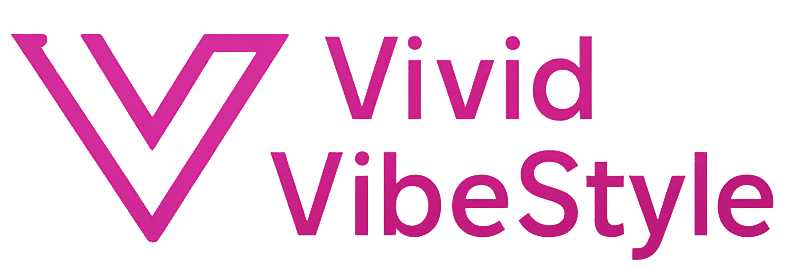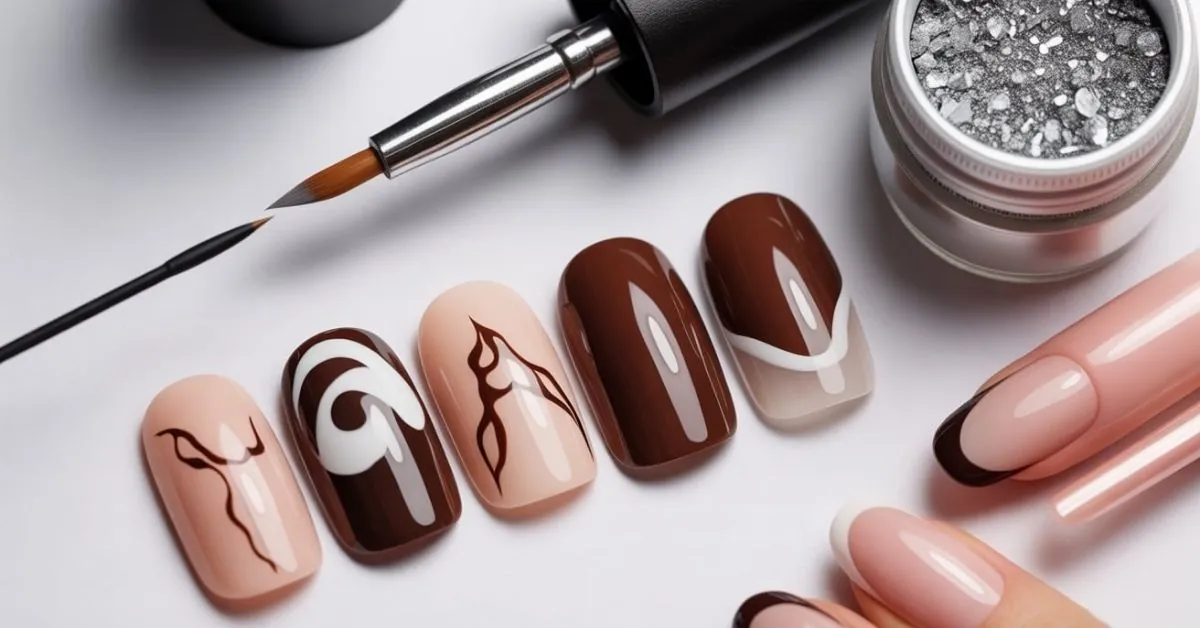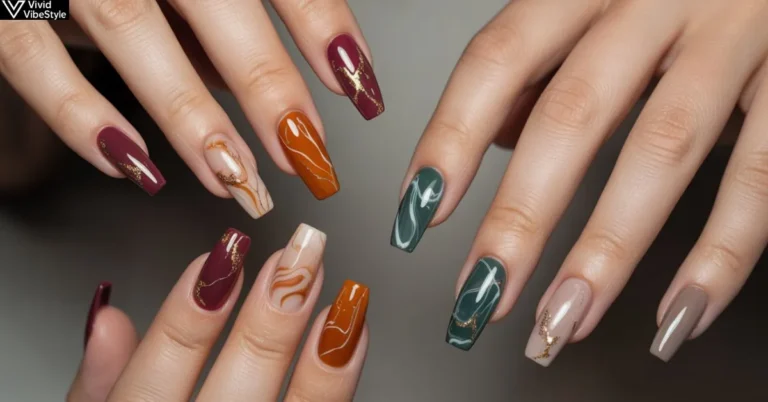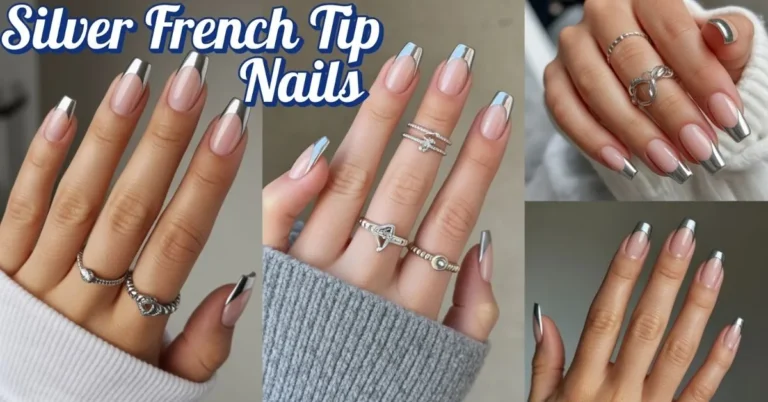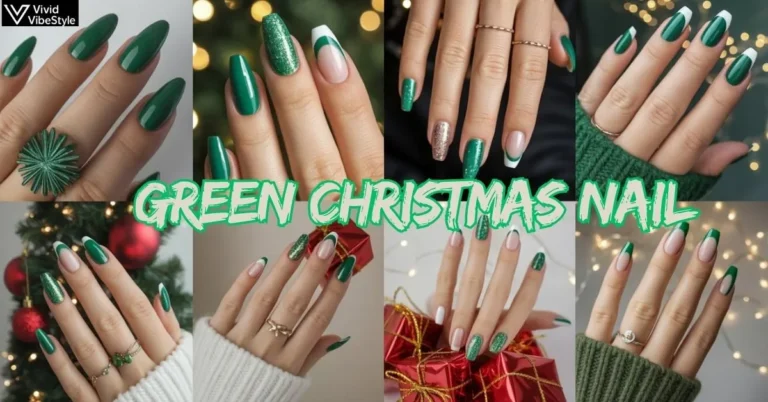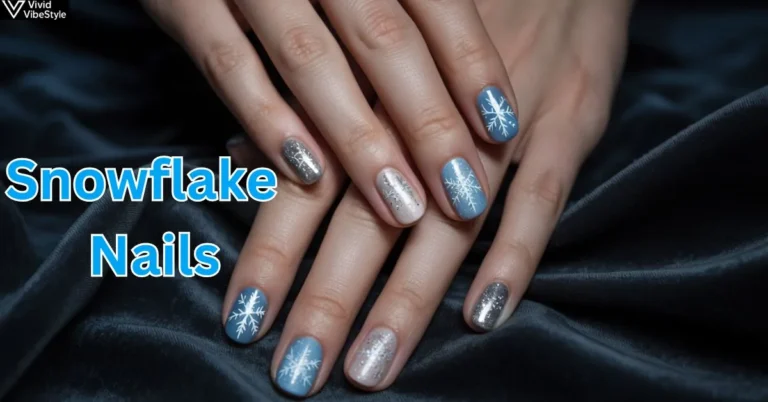Ultimate Guide to Nail Designs: 2025 Trends & Expert Techniques
Are you tired of boring, basic manicures that lack personality and style? Outdated nail designs can make your hands look neglected and uninspiring, leaving you feeling less confident in professional and social settings. With constantly evolving trends and techniques, it’s frustrating to keep up with what’s current while achieving salon-quality results at home.
This comprehensive guide reveals 60+ trending nail designs for 2025, expert techniques, and insider tips to transform your manicure game and help you create stunning nail art that turns heads and boosts your confidence.
What Are the Hottest Nail Design Trends Dominating 2025?
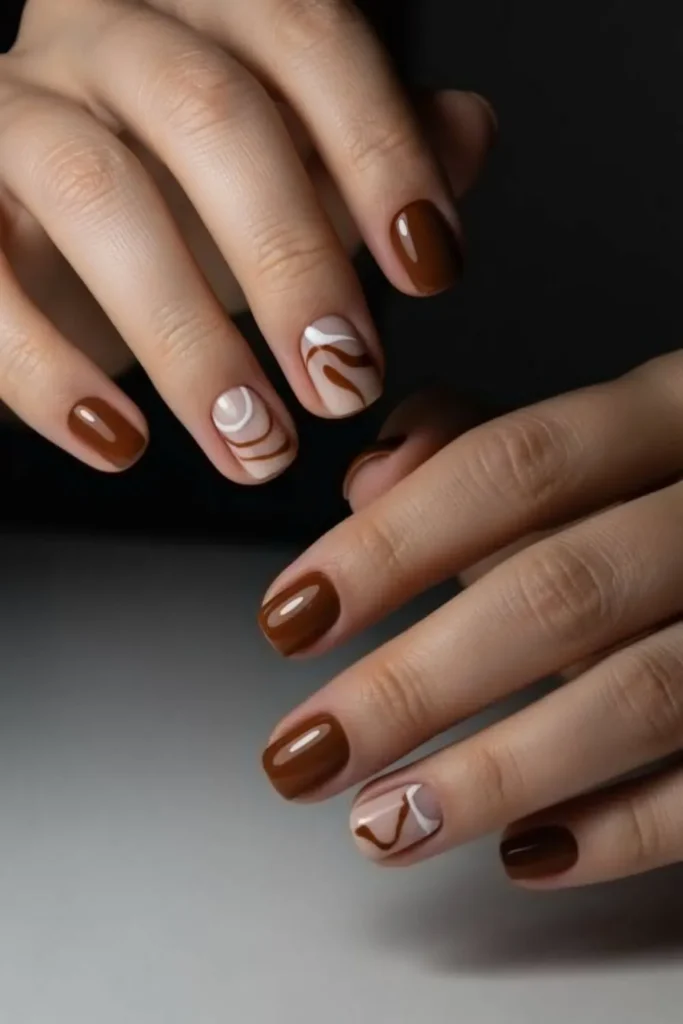
The nail design landscape has evolved dramatically in 2025, with abstract art and coffee-inspired shades leading the charge. Professional nail artists are embracing creativity like never before, transforming nails into miniature canvases for artistic expression. Pantone’s Color of the Year, Mocha Mousse, is appearing across fashion and beauty spaces, influencing everything from subtle neutrals to bold statement pieces.
Square nails, especially short ones, are trending because of their clean, classy look, offering that coveted “old money” aesthetic that makes every color appear more expensive. The shift toward sophisticated, wearable art has redefined what nail designs can accomplish, moving beyond simple polish application to intricate artistic statements that reflect personal style and current fashion movements.
Why Abstract Nail Art Is Taking Over Social Media
Abstract nails typically feature a nude or neutral base, with pops of color in various shapes and designs, allowing for unprecedented creative freedom. This trend transforms your fingertips into personal art galleries, where each nail can tell a different story while maintaining overall cohesion. The beauty lies in the imperfection – no two abstract designs are identical, making them perfect for individuals seeking unique, personalized nail art.
The technique has gained momentum because it’s accessible to both beginners and professionals, requiring only basic tools and imagination. You can start with simple geometric shapes and gradually incorporate more complex patterns, color blending, and textural elements as your skills develop.
See Also : Neutral Leopard Nails: Master the Perfect Balance of Wild and Sophisticated
How Do You Choose the Perfect Nail Shape for Your Design?
Your nail shape serves as the foundation for any successful manicure design, influencing how colors appear, how patterns flow, and how your hands look overall. The right shape enhances your finger length, complements your lifestyle, and provides the ideal canvas for your chosen nail art style. Understanding the relationship between shape and design helps you make informed decisions that maximize both aesthetic appeal and practicality.
Consider your natural nail bed, finger length, and daily activities when selecting shapes. Shorter fingers benefit from almond or oval shapes that create length illusion, while longer fingers can handle bold square or coffin shapes that make dramatic statements.
Square Nails: The Classic Choice for Modern Elegance
Square nails offer a timeless, sophisticated foundation that works exceptionally well with French manicure variations, geometric patterns, and minimalist designs. The straight edge provides clean lines for nail art applications, making color blocking, negative space designs, and precise pattern work more achievable. This shape is particularly flattering for wider nail beds and creates a balanced, polished appearance.
The versatility of square nails makes them ideal for professional environments while still allowing creative expression through color choices and subtle nail art elements. They’re also practical for typing and daily tasks, reducing breakage risk compared to more pointed shapes.
Almond and Oval Shapes: Feminine and Versatile Options
Almond and oval shapes create elegant, elongated appearances that flatter most hand types and finger lengths. These shapes provide excellent canvases for ombre nails, floral designs, and delicate nail art patterns that benefit from curved edges. The natural flow of these shapes complements organic designs and softer color transitions.
These versatile shapes work beautifully with both subtle, everyday looks and dramatic evening styles, making them popular choices for individuals who want flexibility in their nail design options without frequent shape changes.
What Are the Most Popular Chrome Nail Techniques This Year?
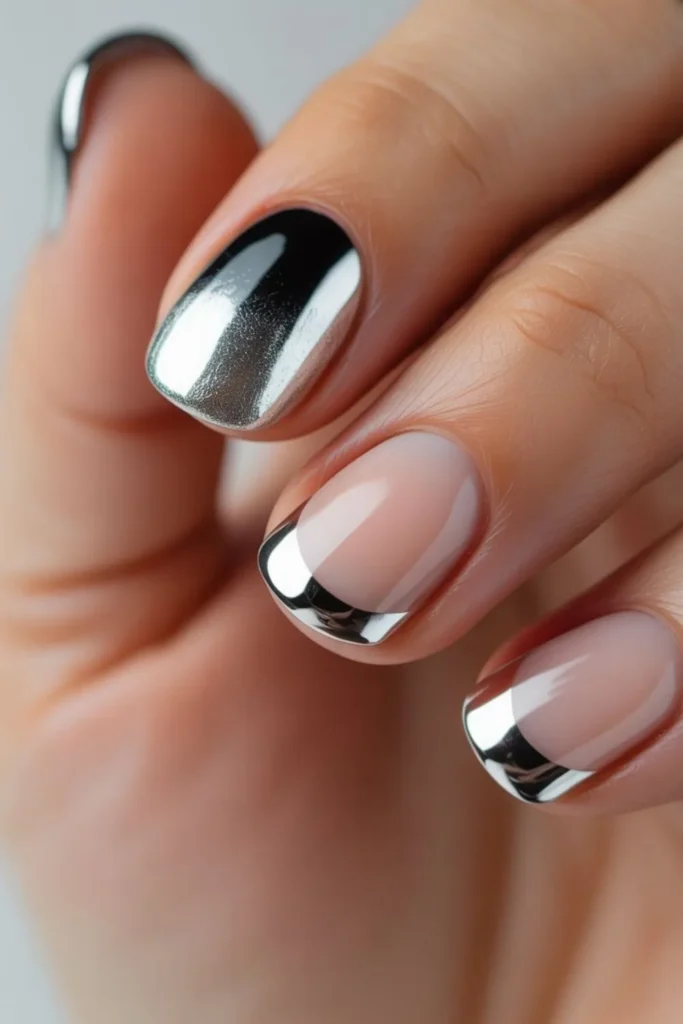
Chrome nails have revolutionized the nail design industry with their mirror-like finish and futuristic appeal. Chrome ombre nails create seamless gradients with bold, modern twists, featuring neutral bases that melt into rich tips. This technique combines the drama of metallic finishes with sophisticated color transitions, resulting in nail designs that appear professionally crafted and runway-ready.
The chrome trend encompasses various application methods, from full-coverage metallic finishes to strategic accent placement that enhances other nail art elements. Modern chrome techniques allow for color customization, enabling you to match any outfit or personal style preference while maintaining that signature high-shine appearance.
Chrome French Tips: A Modern Twist on Classic Elegance
Chrome French tip nails bring high-shine perfection with metallic finishes and bold accents, updating the traditional French manicure for contemporary style preferences. This technique maintains the classic tip concept while introducing metallic elements that catch light and create visual interest. The result is a sophisticated yet modern look that works for both casual and formal occasions.
Application involves precise tip placement followed by chrome powder application, requiring steady hands and proper curing techniques. The investment in quality materials and technique mastery pays off with professional-looking results that rival expensive salon services.
Ombre Chrome Effects: Blending Metallics with Color
Ombre nails blend two or more nail polish colors seamlessly, creating gradient effects that become even more striking when combined with chrome elements. This technique involves layering translucent colors over chrome bases or incorporating metallic powders into traditional ombre applications. The resulting nail designs showcase depth, dimension, and sophisticated color play.
Mastering ombre chrome requires understanding color theory, proper blending techniques, and timing for optimal results. Practice with complementary color combinations before attempting more dramatic contrasts, and always use high-quality chrome powders for consistent, professional-looking finishes.
See Also : Short Pumpkin Spice Nails: 45+ Cozy Fall Designs That Define Autumn 2025
Which Seasonal Nail Colors Should You Try This Fall and Winter?
Fall and winter nail design trends focus on rich, warming tones that complement cooler weather fashion choices. Coffee-inspired shades like Mocha Mousse lead the trend as a soft, creamy brown reminiscent of whipped chocolate, offering sophisticated alternatives to traditional dark winter colors. These earthy tones provide versatile bases for various nail art techniques while maintaining professional appropriateness.
Plum nails are replacing reds in 2025, bringing rich sophistication that combines deep purple depth with versatility. This color family offers numerous shade variations, from subtle lavender-influenced plums to dramatic burgundy-tinted options that make powerful style statements.
Deep Plum and Wine: Sophisticated Alternatives to Traditional Reds
The shift toward plum and wine shades represents a more nuanced approach to classic deep colors, offering complexity that changes appearance under different lighting conditions. These colors work exceptionally well with gold accent details, creating luxurious combinations perfect for holiday celebrations and winter events. The depth of these shades makes them flattering across various skin tones while providing rich backgrounds for metallic nail art elements.
Application tips include using quality base coats to prevent staining and building color gradually for even coverage. These deeper shades often require two to three thin coats for optimal opacity and longevity.
Mocha and Coffee Tones: Embracing Pantone’s Color of the Year
Mocha-inspired nail designs offer warm, comforting alternatives to stark winter colors, creating cozy aesthetics that complement seasonal fashion trends. These shades pair beautifully with cream, gold, and copper accents, allowing for sophisticated color combinations that feel both current and timeless. The versatility of coffee tones makes them suitable for various nail art applications, from subtle accent details to full-coverage statement looks.
Consider incorporating different mocha shades within single manicure designs for added depth and visual interest. Gradient effects using multiple coffee tones create sophisticated ombre looks that showcase color mastery and artistic skill.
How Can Beginners Master DIY Nail Art at Home?
Starting your DIY nail art journey requires understanding basic techniques, investing in essential tools, and practicing fundamental skills before attempting complex designs. Success comes from building a strong foundation of color application, tool handling, and design planning that supports more advanced techniques as your skills develop. Begin with simple patterns and gradually incorporate new elements as your confidence and ability grow.
The key to professional-looking results lies in preparation, patience, and proper technique rather than expensive equipment. Quality base coats, steady hands, and clean application methods produce better results than rushing through complex designs with inadequate preparation.
Essential Nail Art Tools Every Beginner Needs
Your nail art toolkit should include basic brushes (detail, flat, and cleanup), dotting tools, striping tape, and quality base and top coats. Investing in good brushes makes precise application easier and produces cleaner lines essential for professional-looking results. Cleanup brushes help correct mistakes and refine edges, while dotting tools create perfect circles and texture effects.
Additional useful tools include nail files, cuticle pushers, and small scissors for cleanup work. A good workspace with proper lighting and organization helps maintain focus and produces better results than working in cramped or poorly lit conditions.
Step-by-Step Nail Design Process for Perfect Results
Successful nail design application follows a systematic process: nail preparation, base coat application, color application, design creation, and top coat finishing. Each step requires attention to detail and proper timing for optimal results. Skipping preparation steps or rushing through application often leads to disappointing outcomes and shorter wear time.
Plan your design before beginning application, gathering all necessary tools and colors within easy reach. Work on one hand completely before starting the other, allowing proper drying time between steps to prevent smudging or color bleeding.
What Abstract Nail Patterns Are Trending Right Now?
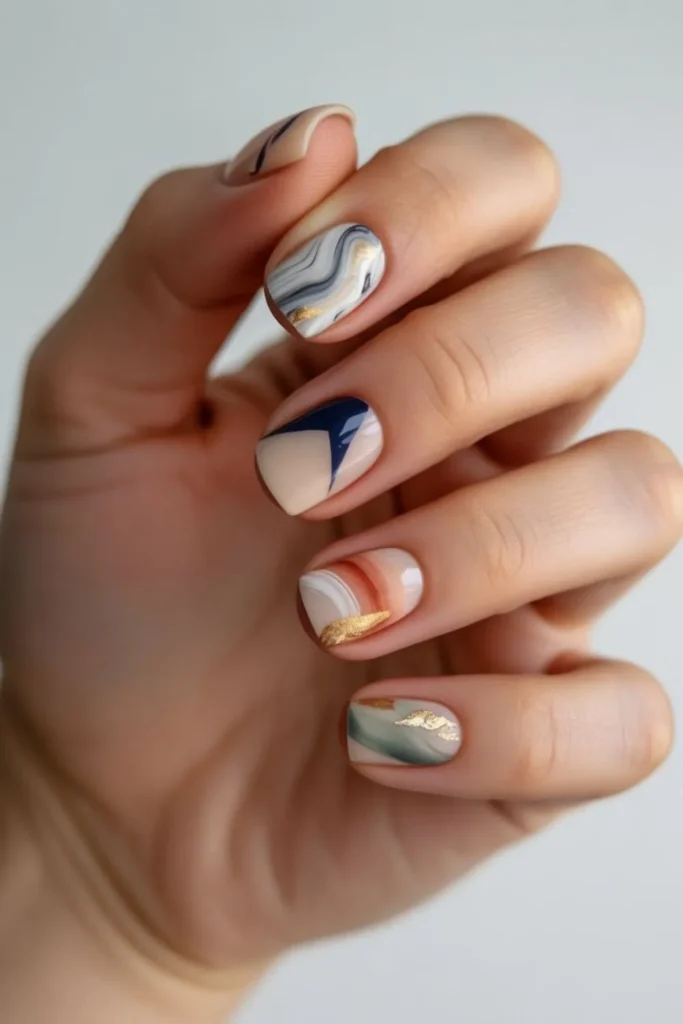
Abstract nails transform your nails into a canvas for creativity, with techniques that work beautifully for both bold and pared-back looks. Current trends focus on organic shapes, color blocking, and artistic interpretations of natural forms like marble, stone, and water patterns. These designs celebrate imperfection and individuality, making them perfect for expressing personal creativity.
The beauty of abstract nail art lies in its accessibility – there are no strict rules or required skills beyond basic color application. This freedom allows beginners to experiment while giving experienced artists opportunities to push creative boundaries and develop signature styles.
Marble and Stone Effects: Creating Natural Texture on Nails
Marble nail effects use water marbling, alcohol drops, or sponge techniques to create organic, stone-like patterns that appear naturally formed rather than precisely planned. These designs work with any color combination but are particularly striking with neutral bases and dramatic accent colors. The unpredictable nature of marble techniques ensures each nail is unique while maintaining overall design cohesion.
Practice marble techniques on practice wheels or disposable surfaces before applying to natural nails, as timing and technique significantly impact final results. Water temperature, polish consistency, and tool selection all influence pattern formation and final appearance.
Geometric Color Blocking: Bold Patterns for Statement Nails
Geometric abstract designs use tape, brushes, and steady hands to create clean lines, shapes, and color intersections that form striking visual patterns. These designs can incorporate negative space, metallic accents, or multiple color combinations for maximum impact. The precision required for geometric work helps develop technical skills while creating bold, contemporary nail designs.
Start with simple two-color combinations and basic shapes before attempting complex multi-element designs. Mastering clean lines and precise edges provides the foundation for more elaborate geometric nail art creations.
See Also : Halloween Nails Coffin Shape 2025: The Ultimate Guide to Spooky Season’s Most Dramatic Manicure
Which French Manicure Variations Are Most Popular This Season?
The traditional French manicure has evolved far beyond classic white tips, embracing color variations, metallic accents, and creative interpretations that maintain elegance while adding contemporary flair. The classic French manicure is getting a refresh for summer with hottest styles, incorporating seasonal colors, textural elements, and artistic interpretations that modernize this timeless technique.
Modern French manicure variations include reverse French (colored base with nude tips), rainbow tips, metallic accents, and ombre transitions that create sophisticated gradients rather than stark color contrasts.
Colored French Tips: Beyond Traditional White
Colored French tips allow personal expression while maintaining the sophisticated silhouette that makes French manicures universally flattering. Popular color choices include metallics, seasonal shades, and unexpected brights that coordinate with fashion choices or personal preferences. This variation works particularly well with neutral base colors that don’t compete with tip colors.
Application requires precise tip placement and steady hands for professional results. Consider using tape guides for consistent tip shapes across all nails, especially when first learning colored French techniques.
Reverse French Manicures: Flipping the Classic Formula
Reverse French designs place color at the base rather than tips, creating modern interpretations that maintain classic elegance while offering fresh visual appeal. This technique works particularly well with metallic accent colors, seasonal shades, or subtle sparkle elements that add interest without overwhelming the overall design aesthetic.
The reverse placement often appears more natural and requires less precise application than traditional tip work, making it more accessible for DIY applications while still producing sophisticated, professional-looking results.
How Do You Create Perfect Ombre Nail Effects?
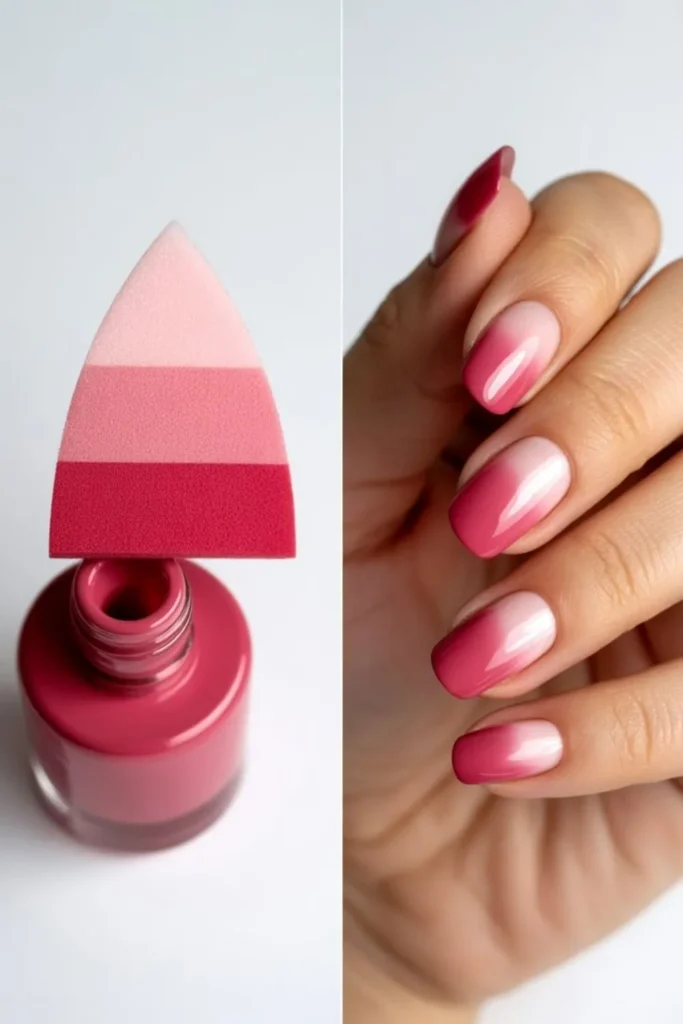
The ombré nail look involves blending two or more colors to create gradient effects, with different ways to play with the design including horizontal gradients and French manicure incorporations. Successful ombre techniques require understanding color theory, proper tool selection, and timing for optimal blending before polish sets. The key lies in working quickly while maintaining control over color placement and transition smoothness.
For the best ombré design, use a nail sponge or makeup sponge to blend colors, helping achieve perfect gradients every time. This technique allows for subtle color transitions that appear naturally formed rather than artificially created.
Vertical Ombre Techniques: Classic Gradient Applications
Vertical ombre creates length-enhancing effects that flatter most nail shapes and hand types. This technique typically uses lighter colors at the base transitioning to darker colors at tips, creating natural-looking gradients that complement skin tones and seasonal color preferences. The vertical application requires careful color placement and blending timing for smooth transitions.
Start with closely related colors for easier blending before attempting dramatic color contrasts. Practice timing and pressure control to achieve consistent results across all nails while maintaining symmetrical gradient placement.
Horizontal Ombre Effects: Creative Alternative Applications
Horizontal ombre techniques create unique width-enhancing effects that work particularly well with accent nails or statement designs. This application method allows for creative color combinations and can incorporate multiple colors within single nail applications for complex, artistic results.
The horizontal approach often requires more precision than vertical techniques but offers opportunities for creative expression through color placement, transition areas, and accent element incorporation.
What Nail Care Tips Ensure Long-Lasting Designs?
Proper nail preparation and maintenance significantly impact nail design longevity and appearance quality. Healthy nails provide better bases for color application, resist chipping, and maintain flexibility that prevents breaking. Investment in nail health pays dividends through improved design durability and overall hand appearance.
Regular cuticle care, proper hydration, and gentle treatment preserve nail integrity while supporting successful nail art applications. Understanding nail anatomy and growth cycles helps inform care decisions and timing for optimal results.
Base Coat Application: The Foundation of Great Nail Designs
Quality base coats provide adhesion, protection, and smooth surfaces essential for professional-looking nail designs. Different base coat formulations address specific concerns: strengthening bases for weak nails, ridge-filling bases for uneven surfaces, and color-correcting bases for stained nails. Proper base coat selection and application technique significantly impact final results.
Allow base coats to dry completely before color application to prevent bubbling, streaking, or poor adhesion that leads to premature chipping. Thin, even coats perform better than thick applications that take longer to cure and may remain tacky.
Top Coat Selection: Protecting Your Nail Art Investment
Top coats serve multiple functions: sealing color, adding shine, providing chip resistance, and enhancing durability. Different formulations offer varying benefits: quick-dry tops for time efficiency, extra-glossy formulations for maximum shine, and matte tops for contemporary finishes. Understanding these differences helps optimize results for specific nail design goals.
Apply thin, even top coat layers extending slightly over nail edges to seal color and prevent water penetration that causes lifting. Regular top coat refresh applications between full manicures extend wear time and maintain appearance quality.
See Also : French Tip Nails with Fall Colors: Master 2025’s Chic Autumn Manicure
Which Holiday Nail Art Ideas Are Perfect for Special Occasions?
Holiday and special occasion nail designs offer opportunities for creative expression while coordinating with festive outfits and celebration themes. Seasonal elements, metallic accents, and sophisticated color palettes create appropriate designs that enhance rather than overwhelm overall styling choices. The key lies in balancing festive elements with personal style preferences.
Consider venue appropriateness, outfit coordination, and personal comfort levels when selecting holiday nail art designs. Subtle sparkle and sophisticated color choices often work better than overly elaborate designs that may feel costume-like rather than celebratory.
Winter Holiday Sparkle: Elegant Metallic Accents
Winter holiday nail designs benefit from metallic elements that catch candlelight and complement seasonal fashion choices. Gold, silver, and copper accents work beautifully with deep winter colors, creating sophisticated combinations appropriate for formal celebrations and casual gatherings alike. Strategic sparkle placement adds interest without appearing overwhelming.
Consider incorporating holiday symbols through subtle accent techniques rather than obvious graphic applications. Snowflake patterns, star accents, and geometric designs referencing winter themes create seasonal appeal while maintaining sophistication.
New Year Glamour: Bold Designs for Celebration
New Year celebrations call for dramatic nail designs that photograph well and complement party outfits. Glitter gradients, metallic tips, and bold color combinations create statement looks perfect for memorable occasions. These designs should feel celebratory while remaining wearable beyond single events.
Plan New Year nail designs considering outfit coordination, photography lighting, and celebration duration. Durable application techniques and quality materials ensure designs maintain appearance throughout extended celebrations.
How Can You Incorporate Nail Art Trends Into Professional Settings?
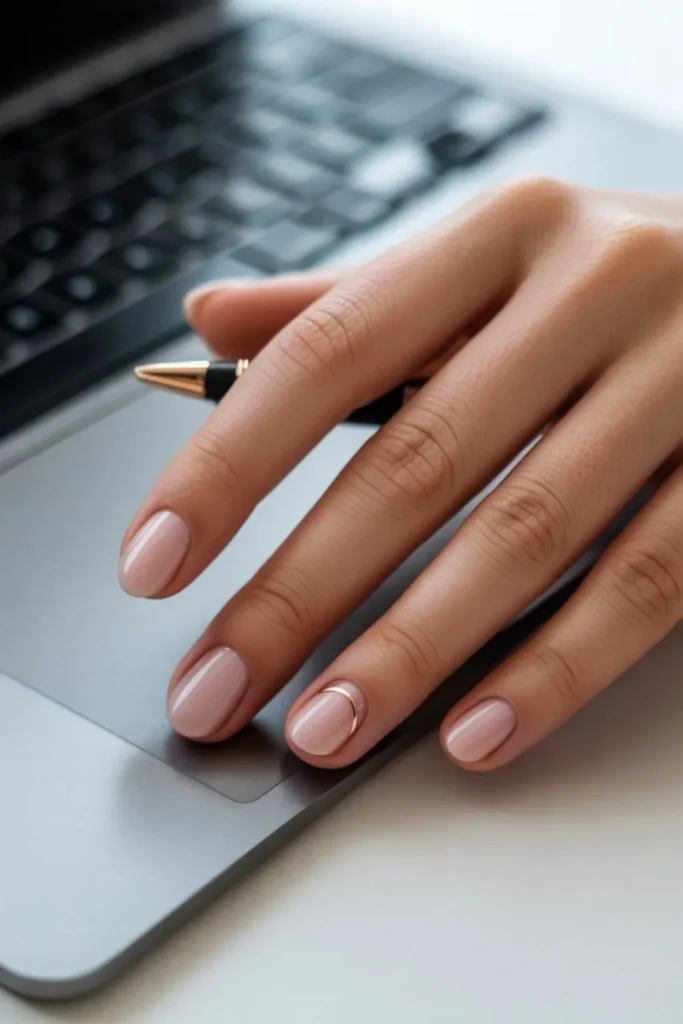
Professional environments require nail designs that enhance rather than distract from overall presentation while allowing personal expression within appropriate boundaries. Subtle techniques, neutral color palettes, and refined execution create sophisticated looks that demonstrate attention to detail and personal style awareness. The goal involves finding balance between creativity and professional appropriateness.
Understanding workplace culture, industry norms, and personal brand goals helps inform nail design choices that support rather than undermine professional objectives while maintaining individual expression and style preferences.
Subtle Accent Techniques: Professional-Appropriate Nail Art
Professional nail art often relies on subtle techniques like negative space designs, minimal geometric patterns, or single accent nails that add interest without overwhelming overall appearance. Neutral color palettes with metallic or textural accents create sophisticated looks appropriate for conservative environments while still demonstrating style awareness.
These techniques require precision and restraint, focusing on quality execution rather than dramatic visual impact. The result should enhance hand appearance while maintaining professional credibility and personal style expression.
Neutral Color Palettes: Sophisticated Workplace Options
Professional nail design color choices typically favor neutral palettes that complement various outfit choices while maintaining polished appearances. Sophisticated grays, soft pinks, subtle browns, and classic nudes provide versatile bases for minimal nail art elements or work beautifully as standalone applications.
Quality matters significantly in professional settings, where chipped or poorly maintained nails create negative impressions. Investment in quality products and proper application techniques ensures professional appearance maintenance between salon visits.
See Also : Autumn Chrome Nails Trend 2025: The Metallic Revolution Defining Fall Style
What Are the Best Nail Art Supply Recommendations for Different Skill Levels?
Nail art supply selection significantly impacts results quality, application ease, and design durability. Understanding which tools and products provide best value for different skill levels helps optimize investments while supporting skill development and creative exploration. Quality doesn’t always correlate with price, but certain tools and products consistently produce superior results.
Building a comprehensive nail art collection takes time and experience, with needs evolving as skills develop and interests expand. Starting with basic, quality essentials provides better results than purchasing numerous low-quality products that frustrate rather than support creative efforts.
Beginner Supply Essentials: Building Your Foundation Kit
Beginning nail artists should focus on quality basics: good brushes, reliable base and top coats, essential tools, and versatile color selections. This foundation supports skill development while producing satisfactory results that encourage continued practice and experimentation. Avoid overwhelming yourself with numerous products before mastering basic techniques.
Essential beginner tools include detail brushes, cleanup brushes, dotting tools, nail files, and cuticle care implements. These basics support most fundamental techniques while remaining affordable and manageable for developing artists learning proper tool care and maintenance.
Advanced Artist Investments: Professional-Quality Tools
Experienced nail artists benefit from professional-quality brushes, specialized tools, and premium products that support complex techniques and consistent results. These investments pay off through improved efficiency, better outcomes, and expanded creative possibilities that justify higher costs through superior performance.
Advanced tools might include airbrush systems, specialized stamps, professional-grade gels, and precision instruments that enable techniques impossible with basic equipment. However, technical skill remains more important than expensive tools for achieving professional-quality results.
See Also : Fall Plaid Nails Design: Master the Cozy Autumn Pattern Trend
Frequently Asked Questions
How long do nail designs typically last?
Professional nail designs using quality products and proper application techniques typically last 7-14 days with minimal chipping, depending on lifestyle factors, nail health, and maintenance practices. Gel applications generally provide longer wear than traditional polish, while proper base and top coat application significantly extends durability regardless of color choice.
Can I create salon-quality nail designs at home?
Yes, DIY nail art can achieve professional results with proper tools, quality products, and patient technique development. Success requires understanding fundamental application principles, investing in essential tools, and practicing basic skills before attempting complex designs. Many salon techniques translate well to home application with appropriate instruction and practice.
What nail shapes work best for different nail art styles?
Nail shape selection depends on design goals and personal preferences, with square shapes supporting geometric patterns and French manicures, while oval and almond shapes complement ombre effects and organic designs. Shorter nails work well with simple patterns and bold colors, while longer nails provide more canvas space for complex nail art applications.
How do I prevent nail designs from chipping quickly?
Proper preparation, quality base coats, thin color applications, and durable top coats prevent premature chipping while maintaining appearance quality. Avoiding water exposure immediately after application, using cuticle oil regularly, and wearing gloves during cleaning activities significantly extend nail design durability and maintain professional appearance.
Conclusion
Nail designs have evolved into powerful personal expression tools that enhance your overall style while showcasing creativity and attention to detail. From sophisticated chrome nails and elegant French manicure variations to bold abstract nail art and seasonal color combinations, 2025 offers unlimited possibilities for creating unique looks that reflect your personality.
The key lies in understanding fundamental techniques, investing in quality tools and products, and practicing consistently to develop skills that support your creative vision.
Whether you prefer subtle professional looks or dramatic statement designs, mastering basic application principles ensures successful results that rival expensive salon services. With proper preparation, quality materials, and patient technique development, you can create stunning nail art that enhances your confidence and complements your personal style.
Start with simple techniques and gradually incorporate more complex elements as your skills develop, remembering that consistent practice produces better results than expensive equipment without proper technique foundation.
